- Home
- Low Voltage Inverters
- The elevator slips of low voltage inverters
Fault Name:
The elevator slips.
Fault Symptom:
Slipping usually occurs at the start of the up-running, during the up-running and at the start of the down-running, and it always turns into the under-voltage fault:
Sudden decline in operation (a sense of weightlessness), but the fall arrester (speed limiter) wasn’t enabled (falling only tens of centimeters or within 1 meter) – slight!
Sudden decline in operation (a sense of weightlessness) and the fall arrester (speed limiter) was enabled (falling long distance) – bad!When the engine is just stopped or in a shutdown state, or even after the power is cut off (emergency stop), the elevator still descends at a relatively slow speed; it may become faster and faster until the fall arrester get enabled- severe!
Hanging cage breaks the lower limit that causes bottom flush – disastrous!
Causes and Solutions:
The technicians need to clarify the following information of the slipping accident scene:
Inquire the elevator driver and judge the pre-smooth working condition with the fault record: slipping occurs at the start (up/down), at a steady speed (up/down), at the time of switching between up and down, at the time of shutdown and at the time of a fault;
Slipping distance, if the fall arrester is enabled;
Fault record of the frequency inverter when running, running frequency, running status, output voltage, bus voltage;
Power level of the frequency inverter, control board software version, MCU board software version, load and motor power level.
1. Peripheral Electrical Equipment:
2.1 Insufficient braking brake torque:
Fault symptom: When the engine is just stopped or in a shutdown state, or even after power was blocked (emergency stop), the mechanical failure of the brake cannot result in effective braking. The elevator will continue to slide at a relatively slow speed, and it may be faster and faster until the fall arrester is enabled.
Solutions: Need to adjust or replace brake friction plates or brakes.
2.2 Motor fault:
Fault symptom: Elevator generally includes one drag two or one drag three motor structure, if one of the motor or reducer shaft damage caused by no output torque on the rack (i.e., one of the transmission loses power), the total motor output torque is less than that of the load torque, and that exactly causes operation of the empty cage, the elevator will slide down when the elevator is overloaded, and there will be great differences in measuring the output current of each motor.
Solution: Need to replace new motors with same model.
2.3 Limit switch failure:
Fault symptom: The lower deceleration or the lower limit failure causes the cage not decelerates in time and rush to the bottom. Check the LED signal indicators corresponding to the lower plate limit of the MCU board and the lower deceleration limit. The elevator stays in the bottom deceleration and the lower limit should be extinguished.
Solutions: Need to adjust or replace the lower limit or lower deceleration limit switch.
2.4 Power transmission equipment:
Fault symptom: Poor contact of the bottom cage contactor or the input power line leads to unbalanced three-phase input voltage, black or damaged traces of the bottom cage contactor, and poor contact of the power supply wire.
Solutions: Need to replace the bottom cage contactor or input power cable, regular maintenance inspection of the grid line.
2. Bus Voltage Drops:
3.1 Low grid voltage
Fault symptom: As the bus voltage decreases, it exhibits a ramp-down curve characteristic, which is relatively delayed compared with the artificial power cut-off of the terminal equipment. Before the system performs under-voltage protection, the output torque may be insufficient and the elevator can be normally running down. Slipping occurs while running up, and a multimeter is used to measure the voltage of the three-phase grid below 70% of the rated voltage during the operation of a large number of equipment in the construction site.
Solutions: It is recommended to regulate the voltage management of power grids on site to ensure the quality of power supply.
3.2 Instant power outage
Fault Symptom: A power outage accident (instantaneous blackout) occurs when the slipping occurs, there is a mechanical action delay (not more than 100ms) when the brake contactor is de-energized, and a small slippage is going to happen. The fall arrester is unable.
Solutions: Instantaneous blackout phenomenon eliminates the loop reason, which is the uncontrollable power outage factor of the power grid, and the systems inevitably has the mechanical protection delay, please explains the reason and make the customers understand.
3.3 Bad contact of the frequency inverter rectifier circuit
Fault symptom: The elevator can go down normally, and the car slips while going up. The main contactor terminal or the RST copper strip causes poor contact or ignition due to installation problems. The multimeter is used to measure the frequency inverter's rectifier circuit and the result is it’s in a high-impedance state.
Solutions: Check the internal electrical connection of the lift, replace the main contactor, and fix the copper circuit of the rectifier circuit.
3. Faults of the Frequency Inverter
3.1 Control board software version
Fault symptom: There is no output zero current detection protection function before the software version of the inverter control board 1731. If the output torque is completely lost due to CLOSE misoperation or other fault during the elevator operation, the brake protection cannot be effectively performed. The situation is serious and the fall arrester is enabled.
Solutions: Upgrading the inverter control board software version to 1731 or more advanced one (latest version 1735).
3.2 2. IGBT drive abnormality
Solutions: The three-phase output voltage and current are unbalanced. And use the multimeter's AC gear to measure six-way driving, and the amplitude is not 7.5VAC.
Solutions: Repair or replace the driver power board.
3.3 3. MCU board hardware fault
Fault symptom: The contact of the brake control relay contact leads to the phenomenon of disconnecting of the brake contactor and slipping when the power brake contactor is just closed and the fall arrester is enabled.
Solutions: Replace MCU board brake control relay.
 Global - English
Global - English Spanish - Español
Spanish - Español French - Français
French - Français Russian - Pусский язык
Russian - Pусский язык Chinese - 中文
Chinese - 中文 Korean - 한국어
Korean - 한국어 Vietnamese - Tiếng Việt
Vietnamese - Tiếng Việt
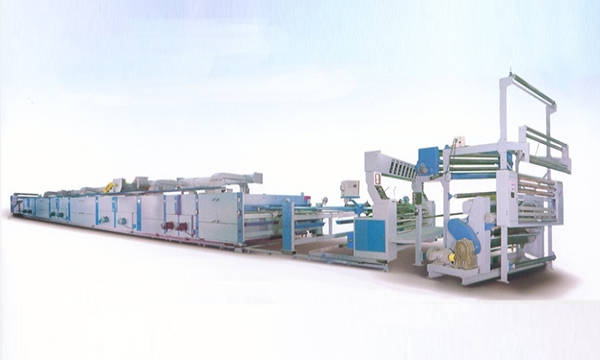
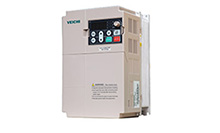
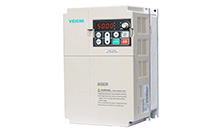
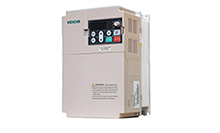
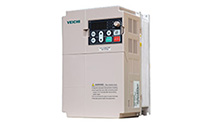
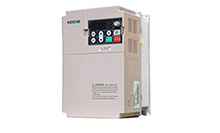
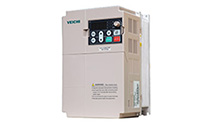
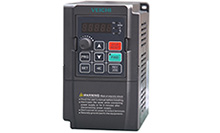

 Leave a Message
Leave a Message